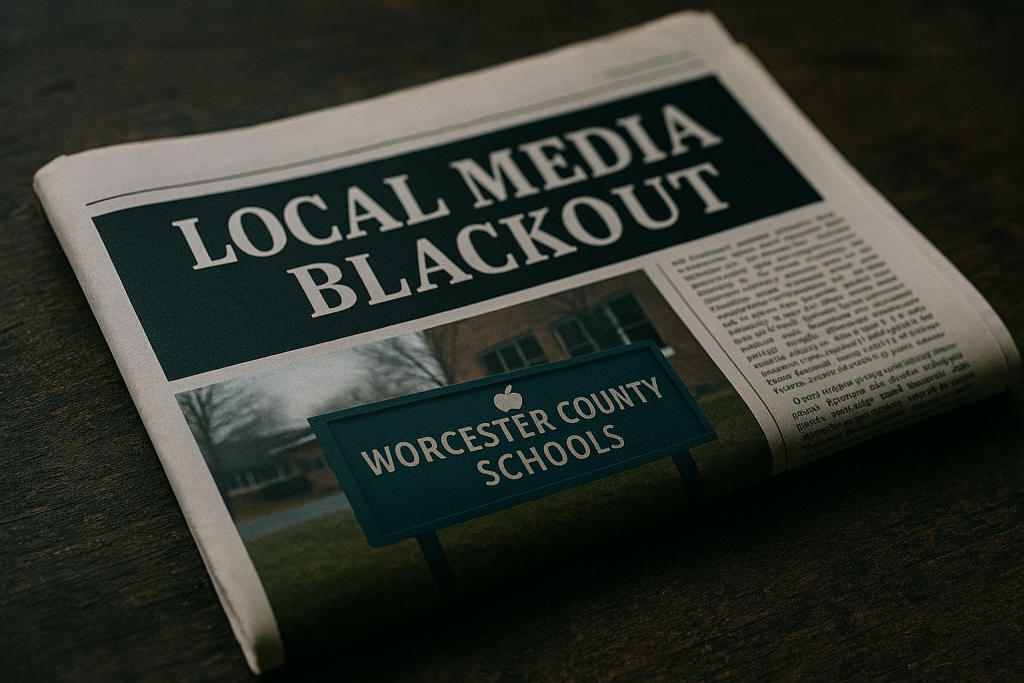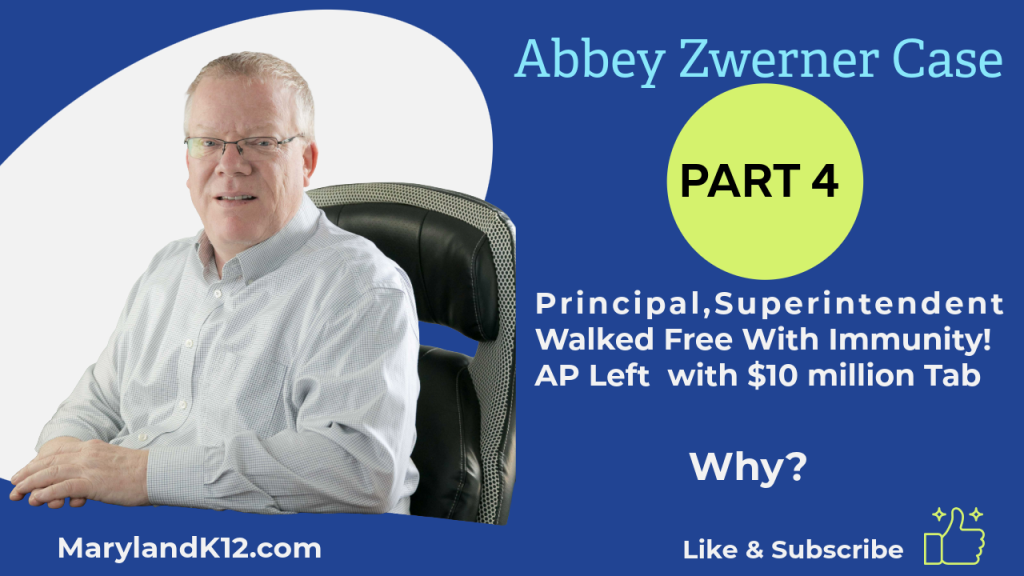
What Does a School Principal Do? An Explainer
America’s school principals wear a lot of hats.
They’re instructional leaders, setting a schoolwide vision for teaching and learning. They manage what are essentially small companies, hiring and evaluating staff and completing an array of administrative duties. Most of what goes on inside the building, from shaping the master schedule to sitting in on parent meetings, falls under their purview.
The job is relentless and challenging—in surveys, most principals report regular work-related stress. But data also show that the majority of school leaders are satisfied with their jobs.
Read on for information about the composition of the principal workforce, what makes principals effective, and how schools can retain their best leaders.
Who are America’s principals?
The average U.S. principal is a white woman in her late 40s who has a master’s degree. She has 4 to 9 years of experience as a principal and taught for 10 to 19 years before becoming a principal, according to federal data.
Overall, there are slightly more female principals than male principals—56 percent of principals are women. And as with teachers, principals in this country are far less racially diverse than the students they serve.
Education leadership experts and district leaders have identified this disparity as a problem for schools. Research has shown that principals of color hire more teachers of color, and that students of color see better academic outcomes when a principal shares their racial ethnic background.
In response, some school systems have launched initiatives to grow their ranks of principals of color—setting new targets, creating staff pipelines, conducting targeted recruitment, and starting affinity groups for school leaders.
Most principals have at least a decade of classroom teaching experience, though almost 40 percent had fewer than 10 years when they assumed the position.
Despite this experience in the education field, many principals may not get the specific training for the job that they need or want.
A 2022 report from the Learning Policy Institute, a California-based research and policy group, that access to certain types of professional learning for principals has improved over the past few years. There’s now more training available on instructional leadership, managing change, building positive school culture, and successfully running schools with students from diverse backgrounds.
Still, the report found that principals reported lack of access to mentorship opportunities and clinical experiences.
On average, public school principals earn $113,470 a year, according to federal data. Salaries vary greatly by locale, with the average suburban principal making $125,170 and the average rural principal earning $97,190.
What are principals’ responsibilities?
Principals are “essentially the mayors of a small city,” one school leader told Education Week in 2022.
Their duties run the gamut from administrative tasks to setting the agenda for teaching and learning, from managing a school safety plan to addressing chronic absenteeism to creating a positive building culture. Principals usually also make decisions about hiring and evaluating school staff.
Still, how much influence principals have in making decisions about their school varies from district to district. Take curriculum choice, for example: Some principals have autonomy to select the materials that their school will use; others pick from a district- or state-approved list; still others are required to use a district-mandated curriculum.
A long-standing debate in the field is whether principals should strive to be people managers or instructional leaders. For decades, researchers and professional organizations have argued that principals should be able to articulate a shared vision of what instruction looks like across the school building, and be able to support teachers in achieving that goal.
But operating as an “instructional leader” is easier said than done for many principals, whose core administrative responsibilities can leave little time for long-term instructional planning. Just daily classroom visits can take up a large chunk of the day, and may not be effective unless principals follow them up with feedback for teachers.
Principals also don’t have direct expertise in every subject area and grade level covered at their schools.
Despite these barriers, U.S. principals say they spend about equal time on administrative and curricular tasks.
What makes a good principal?
Having a strong principal matters. Studies have shown that replacing a below-average principal with an above-average one can add the equivalent of between 2.7 to 3.8 months of student learning during the school year.
In 2022, the Wallace Foundation published a review of research on the principalship and principal effectiveness. The report found that the skill sets school leaders needed to be effective could be broadly grouped into three categories: instruction, people, and organization.
Instructional leadership was important—the most effective principals could offer actionable feedback to teachers and distinguish between effective pedagogical practices and those that didn’t have as much impact. They also understood the qualities of effective professional development.
But instructional leadership wasn’t the only factor that led to better student outcomes. Strong principals created caring, nurturing environments where they supported both novice and veteran teachers. They communicated with their staff proactively and often, and they offered teachers autonomy in their work.
Finally, the report found that effective principals had strong administrative skills for managing budgets and resources, hiring, and maintaining facilities.
When asked their opinion about what makes a principal great, teachers touch on many of the same themes. The best principals trust teachers as professionals, teachers say, and collaborate with classroom educators instead of handing down mandates.
Still, there’s a disconnect between how principals understand their own leadership styles and how teachers view them. In 2019, the EdWeek Research Center surveyed principals and teachers about this relationship.
While 69 percent of principals said that they thought teachers at their school felt empowered to bring problems to them, only 25 percent of teachers said the same.
One of the biggest disagreements between teachers and principals was student discipline. More than half of teachers said that was a source of friction between them and building leaders at their schools. Principals felt differently, though. Only about a quarter of them thought that discipline was a source of friction.
What makes principals stay in their jobs? What drives them to quit?
Between the 2020-21 and 2021-22 school years, 11.2 percent of principals left the job, according to federal data from the National Teacher and Principal Survey. That’s a slight increase from the last time these data were collected, but it’s in line with historic trends.
In the same survey, more than a third of principals said that they didn’t “seem to have as much enthusiasm now as I did when I began this job.” One in four said they would leave the job as soon as possible if they could get a higher paying position. Still, 94 percent said they were “generally satisfied” with being the principal at their school.
These numbers can seem incongruous. But other surveys show that even though principals report a high degree of job-related stress, many don’t want to leave the profession.
Certain conditions can influence a principal’s decision to move on from their current school, though.
A 2022 study found that teacher and substitute shortages were linked to principals’ intention to leave. Other research has shown that salary plays a big role, too—principals who made $75,000 or less in 2020-21 were more likely to leave the role within a year than those school leaders who made at least $115,000.
What can influence principals to stay? A five-year research project focused on keeping strong leaders in schools, conducted by the George W. Bush Institute, identified a few practical solutions.
School systems that made sustained efforts to improve school culture and supply professional development for principals were more likely to have school leaders that stayed on the job.
Dig Deeper With Our Longreads
Newsletter Sign up to get our best longform features, investigations, and thought-provoking essays, in your inbox every Sunday.
The MEN was founded by John Huber in the fall of 2020. It was founded to provide a platform for expert opinion and commentary on current issues that directly or indirectly affect education. All opinions are valued and accepted providing they are expressed in a professional manner. The Maryland Education Network consists of Blogs, Videos, and other interaction among the K-12 community.







